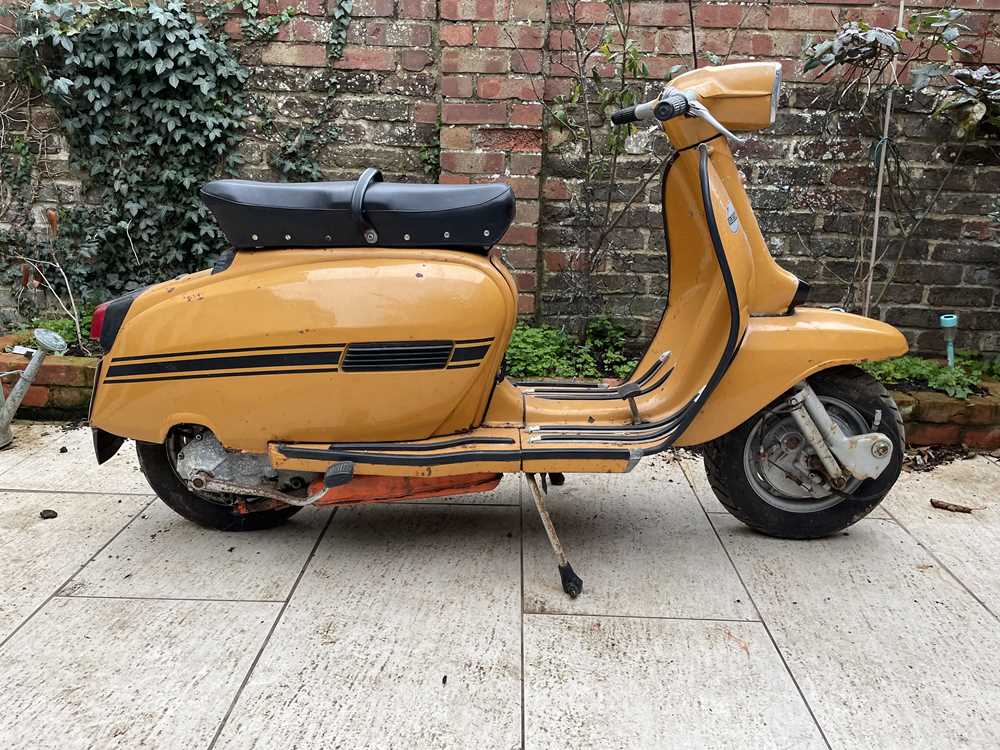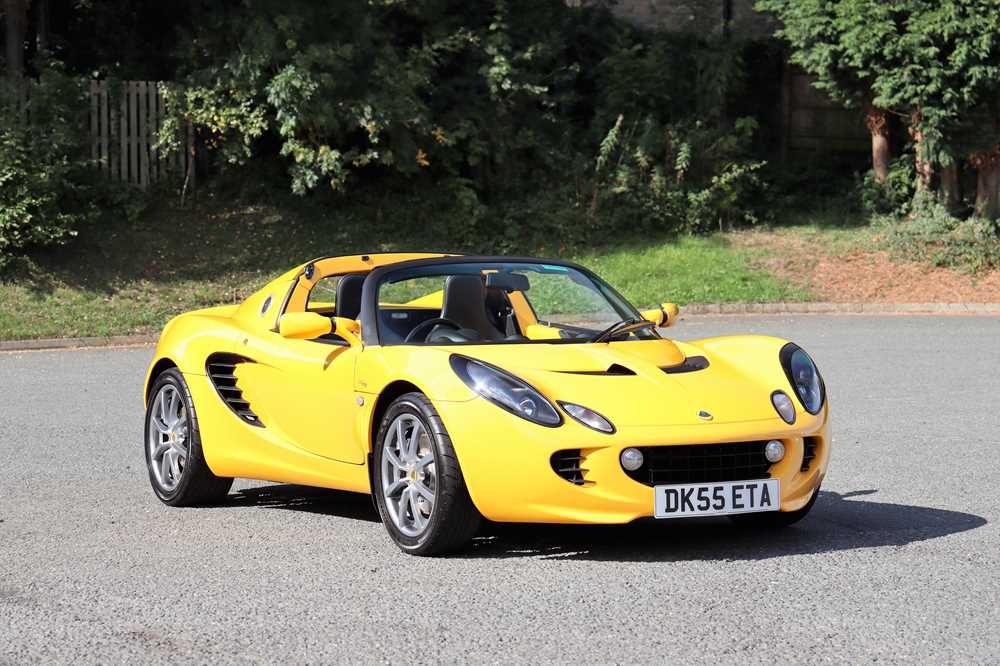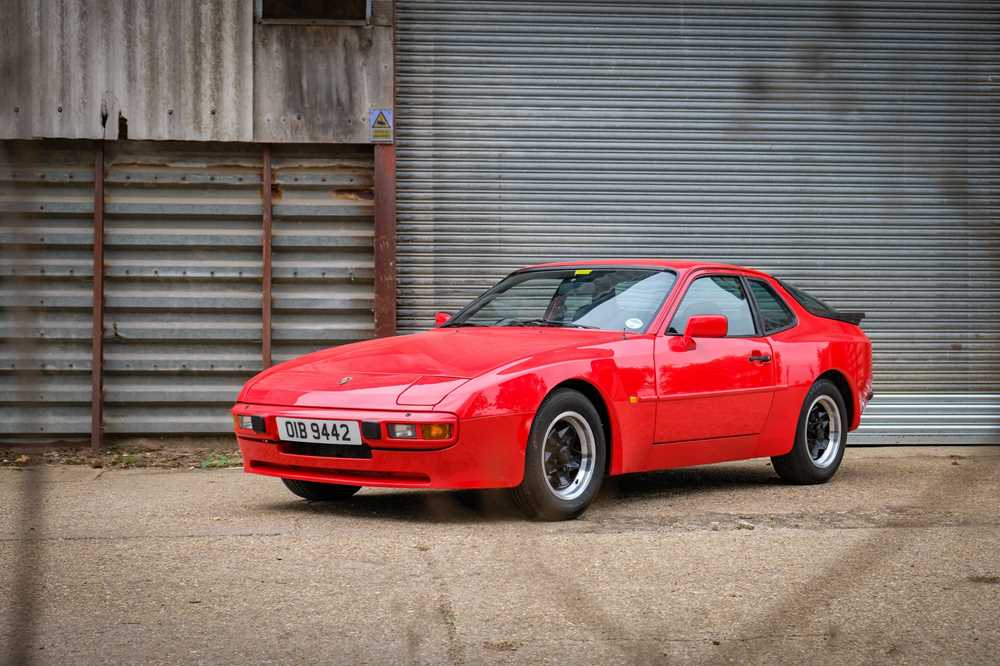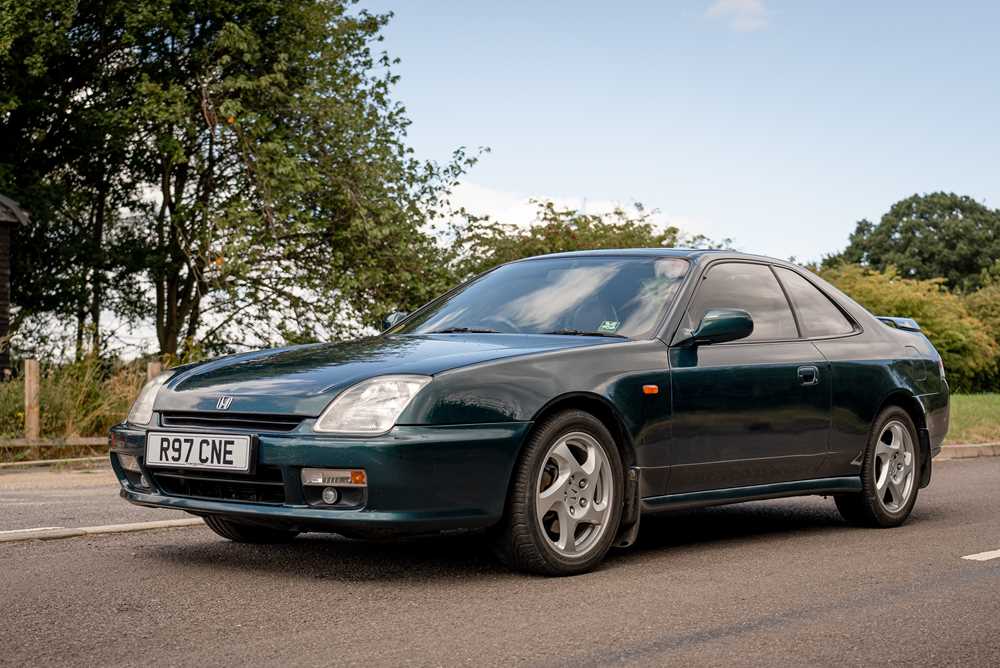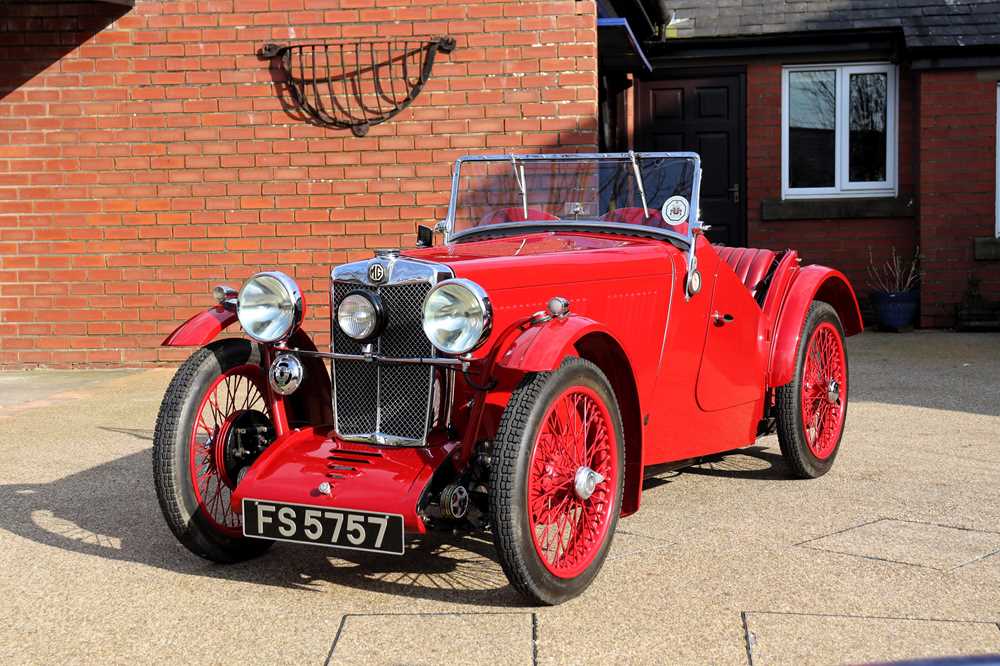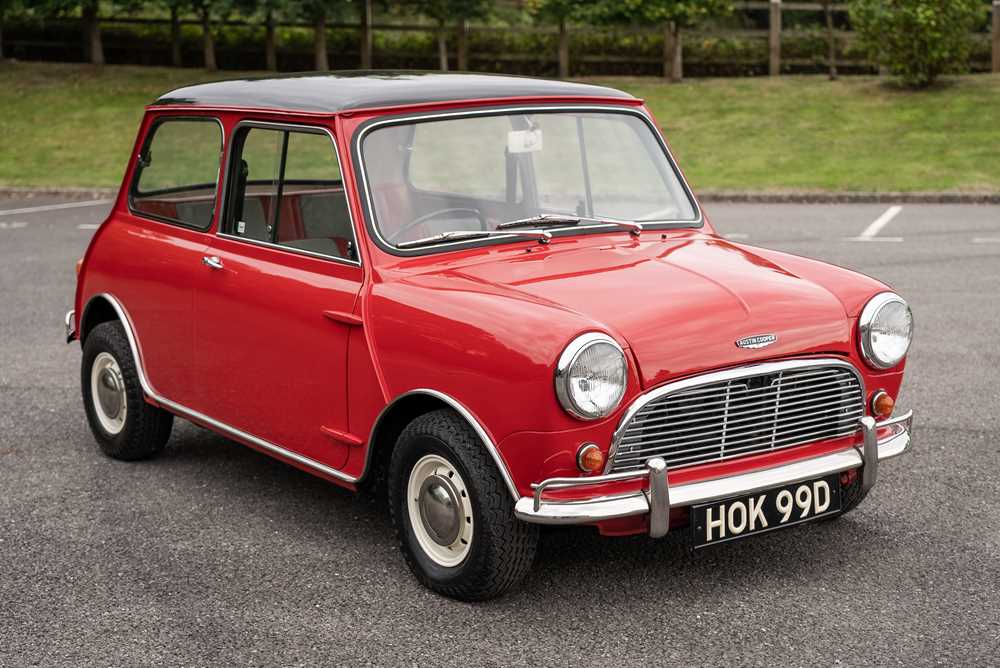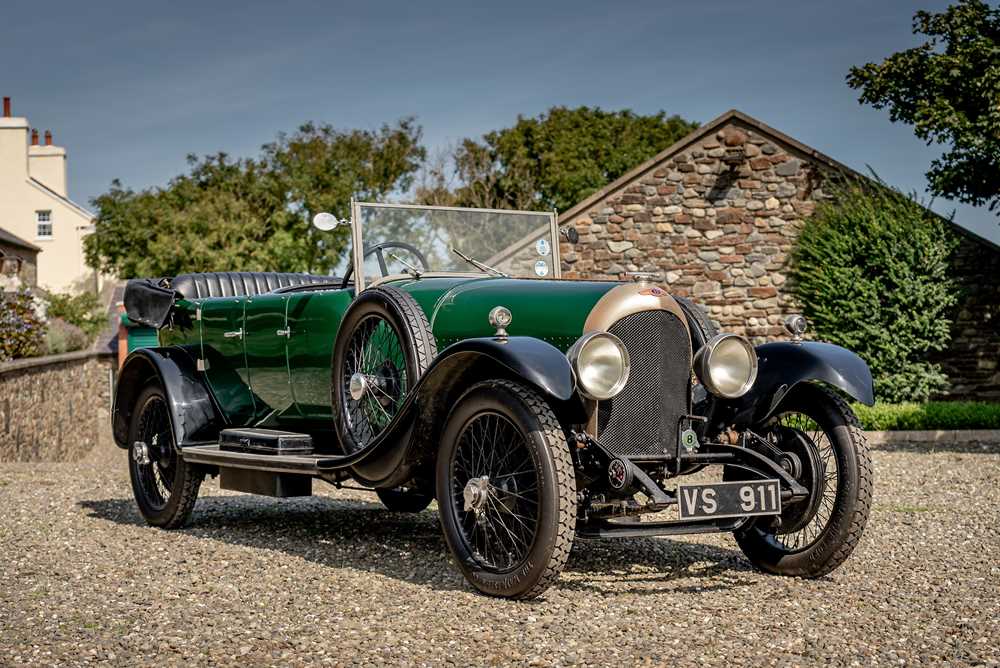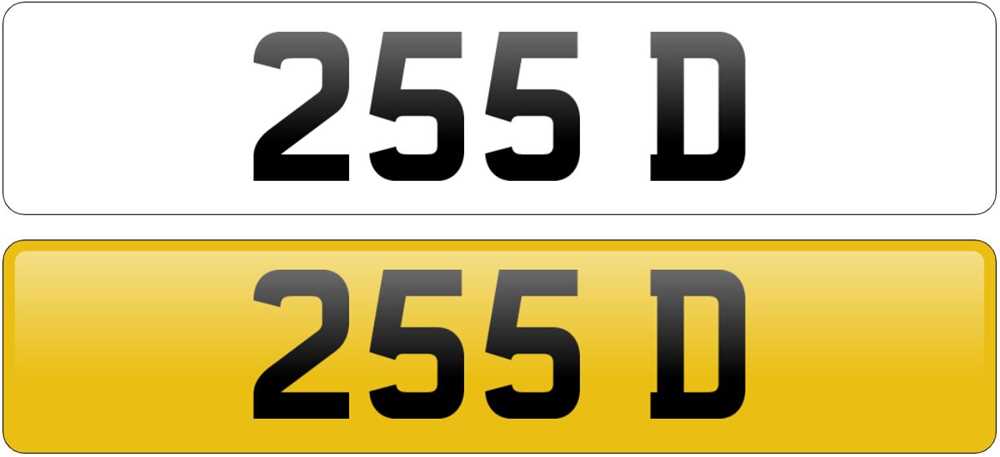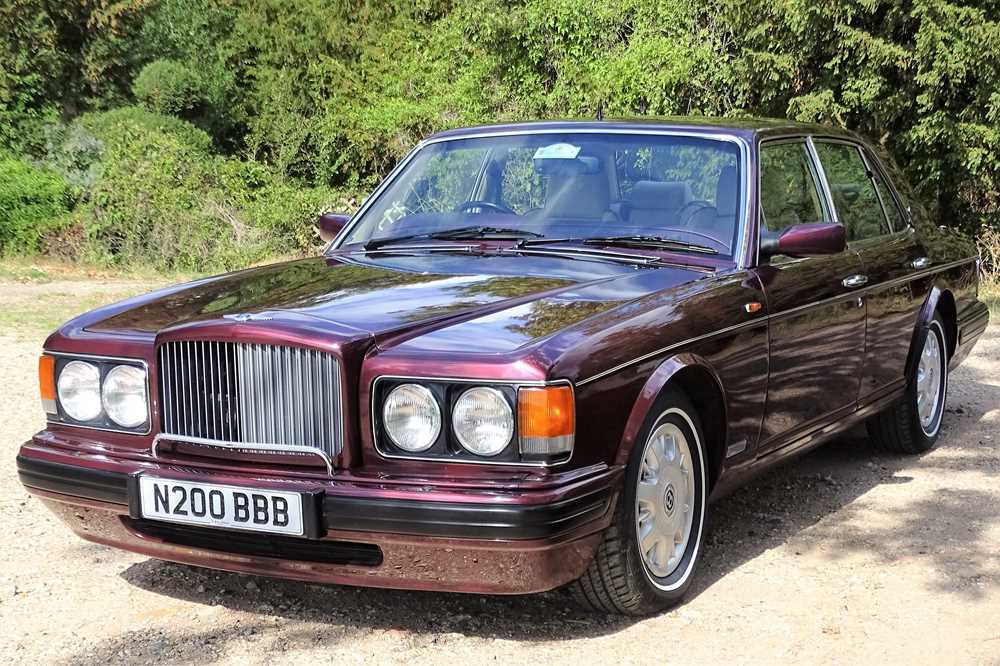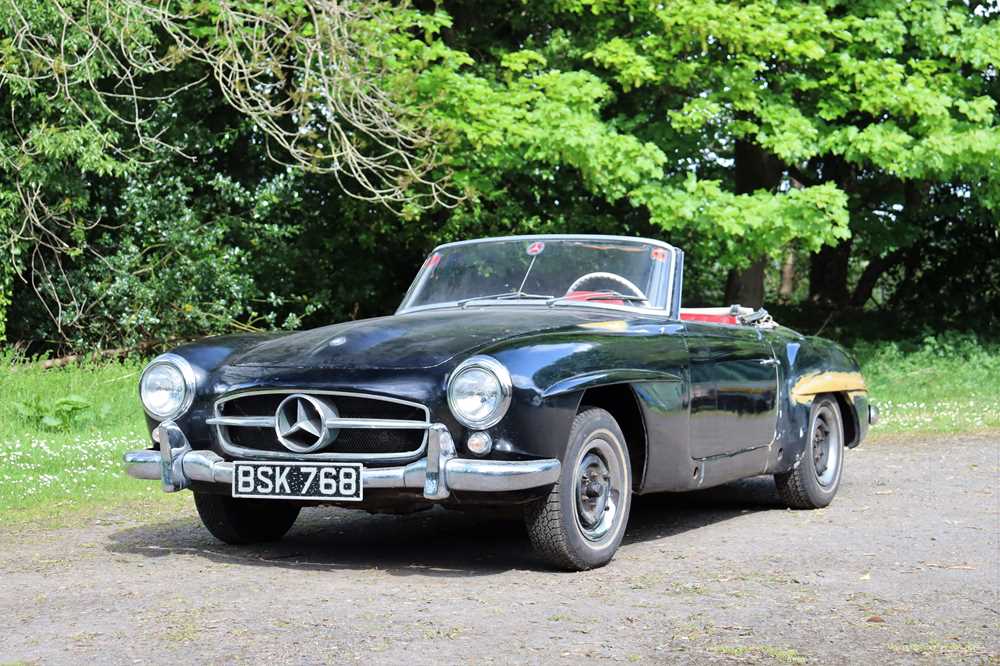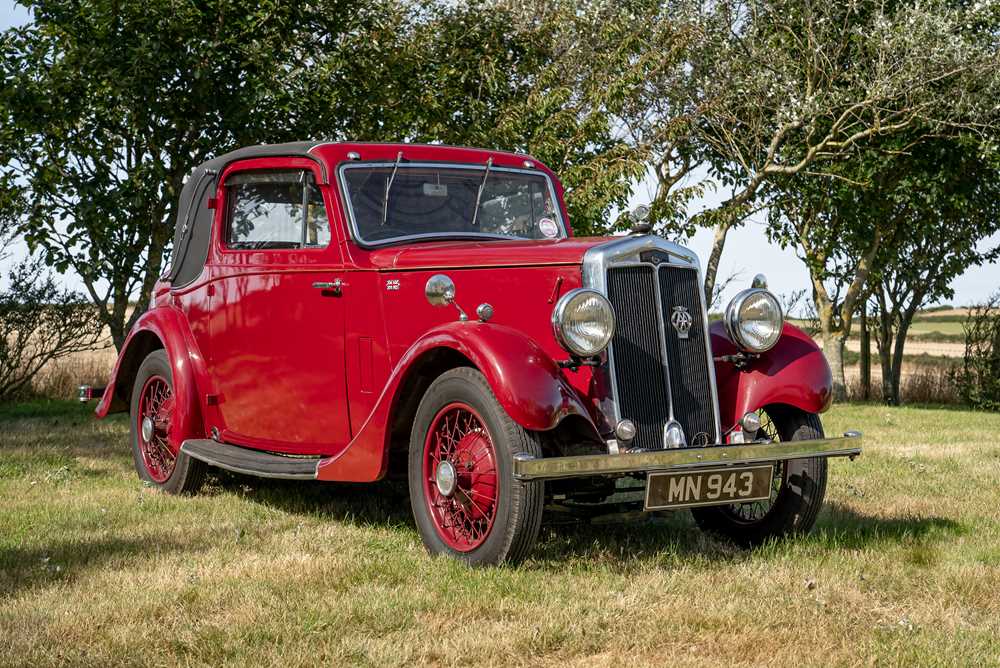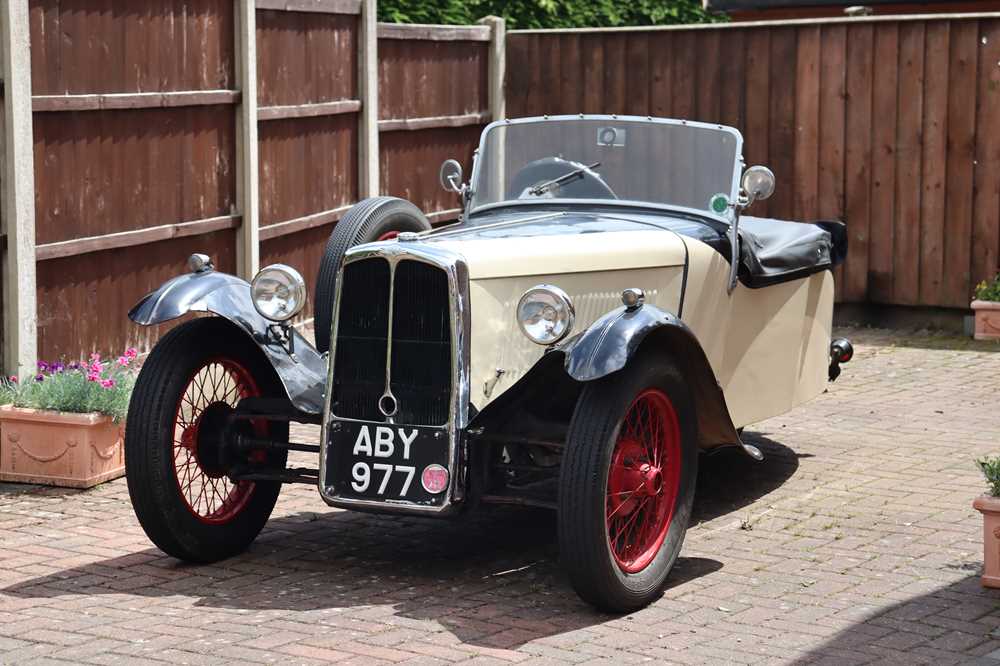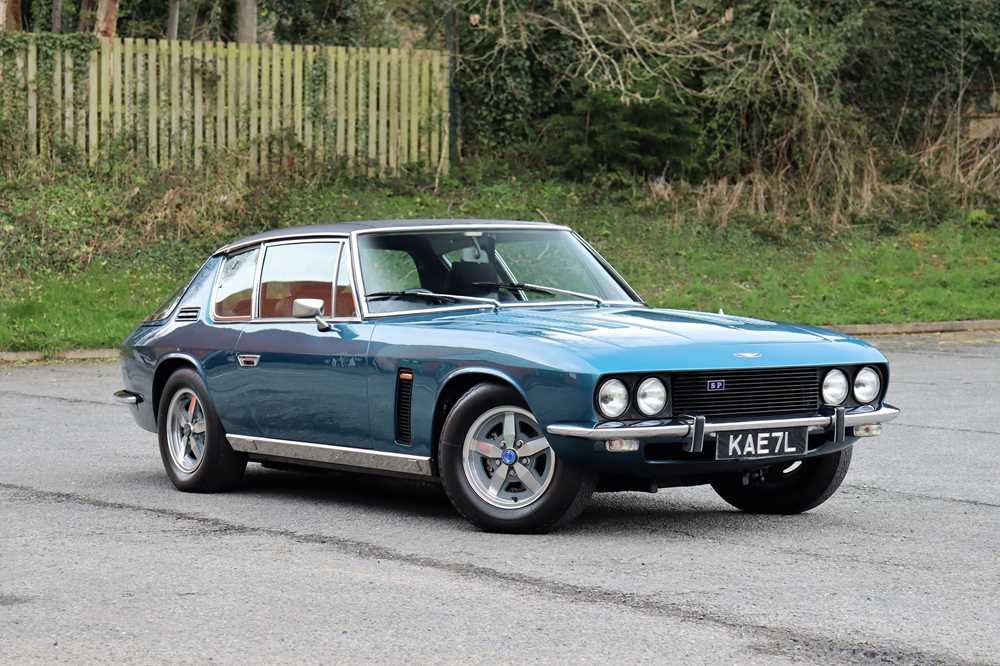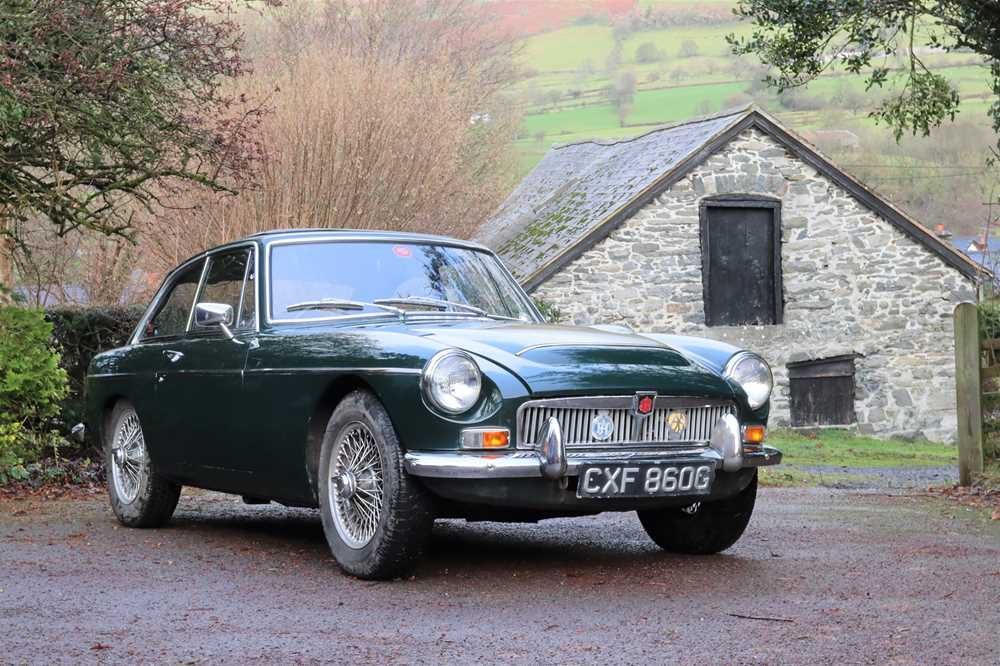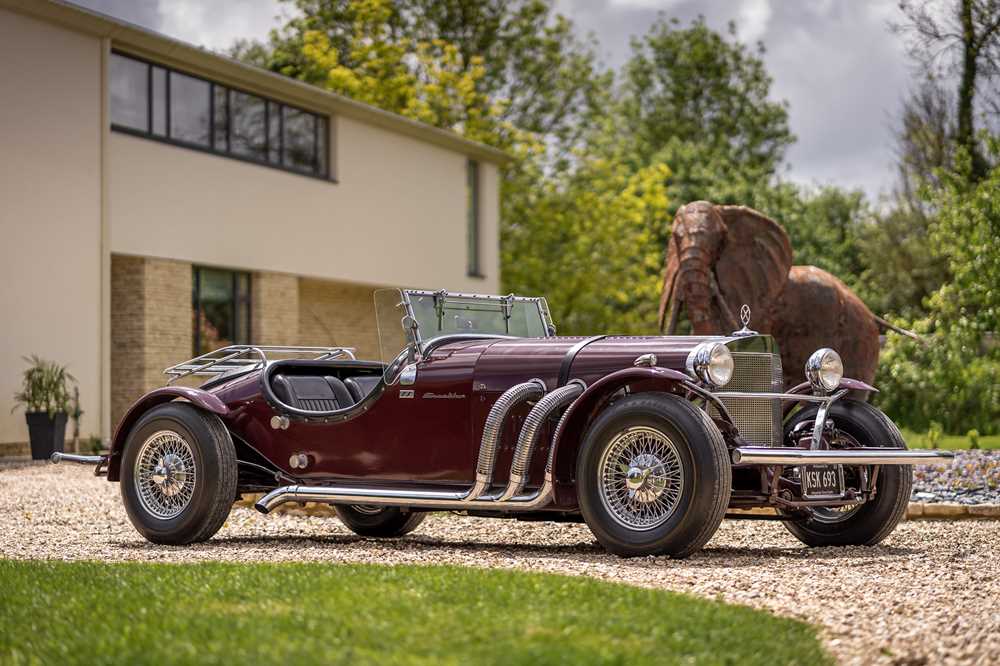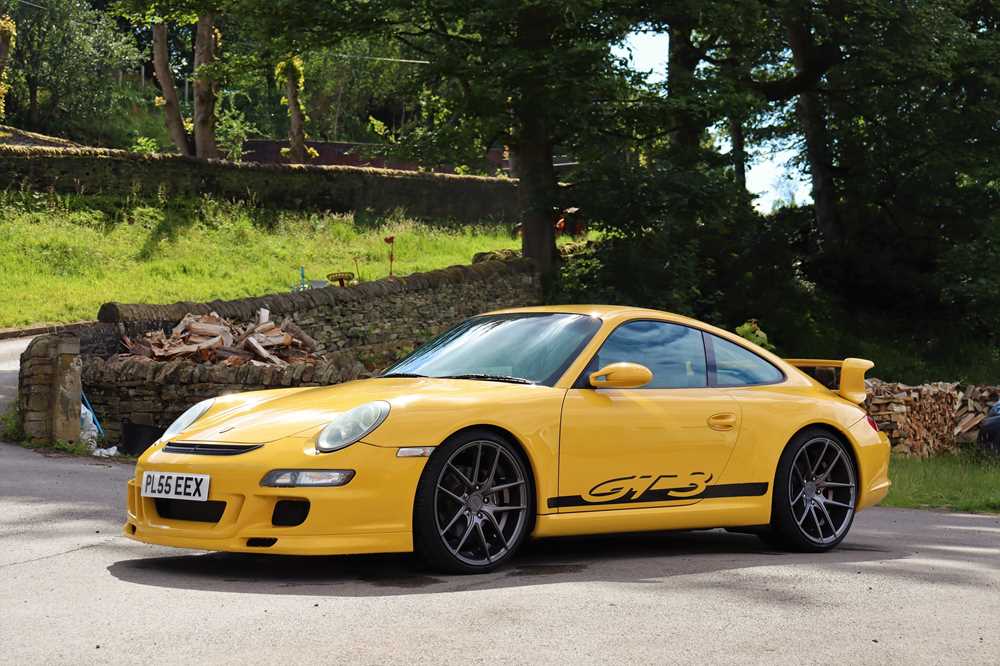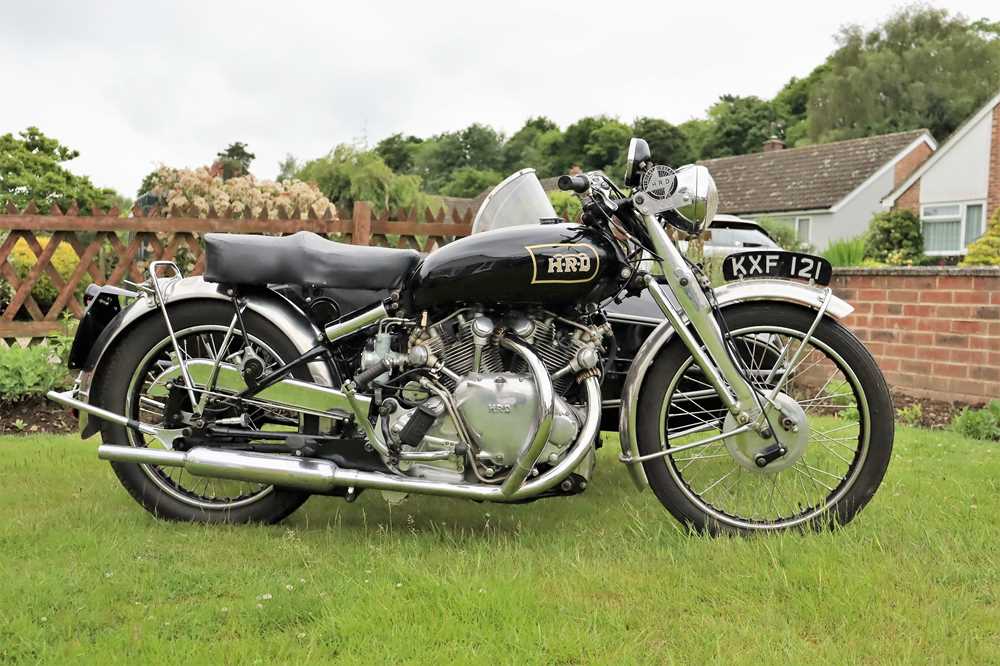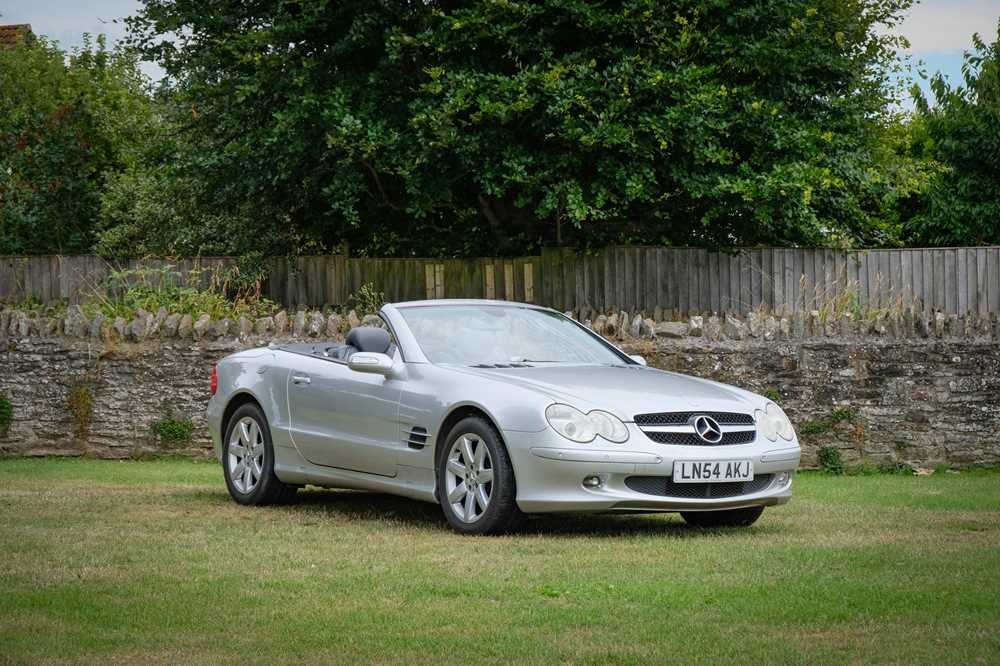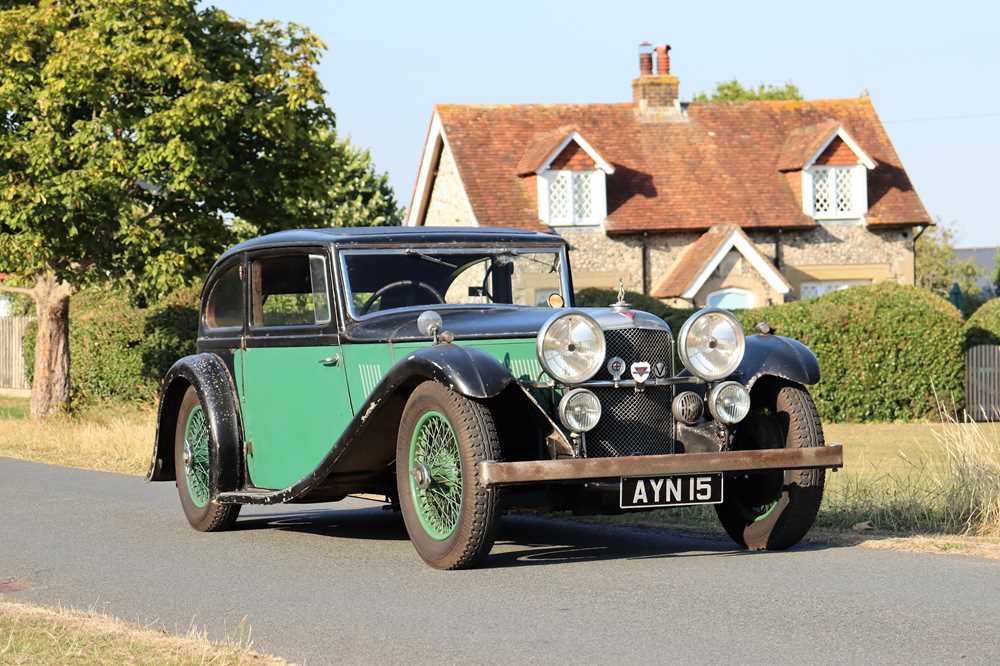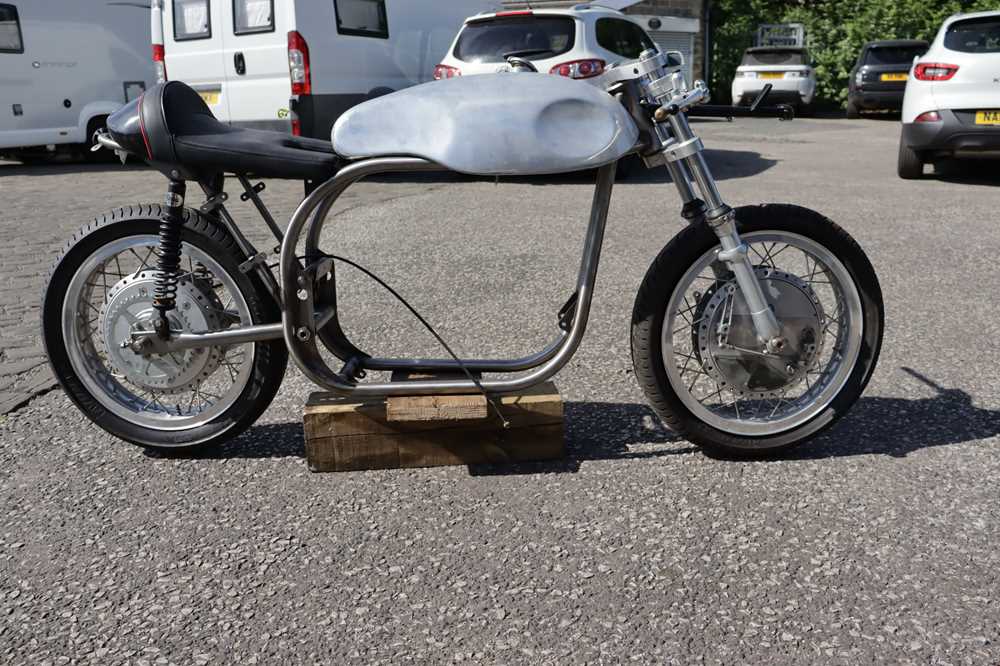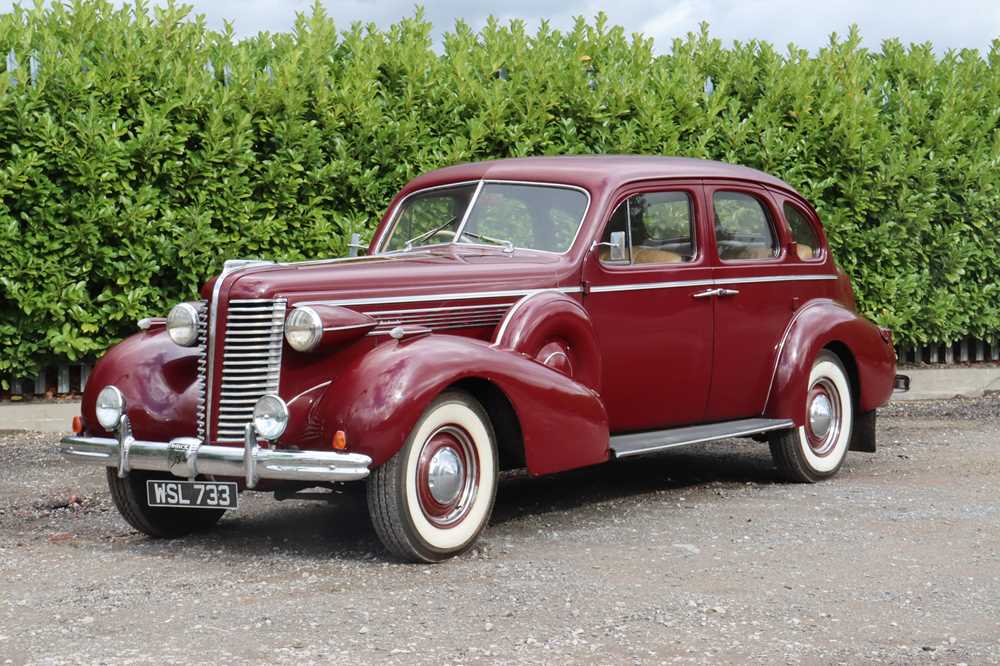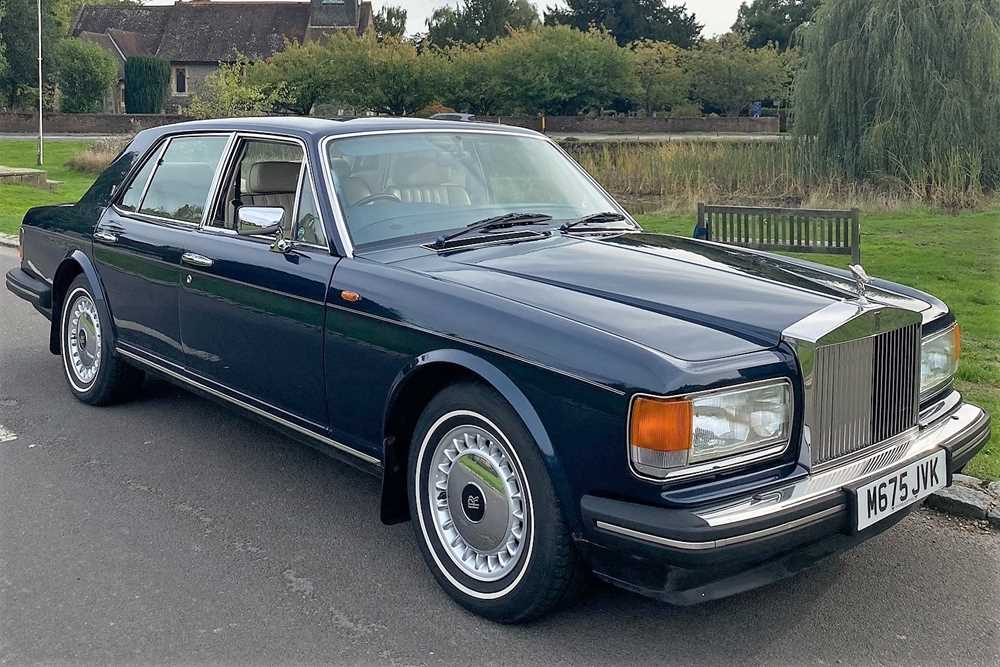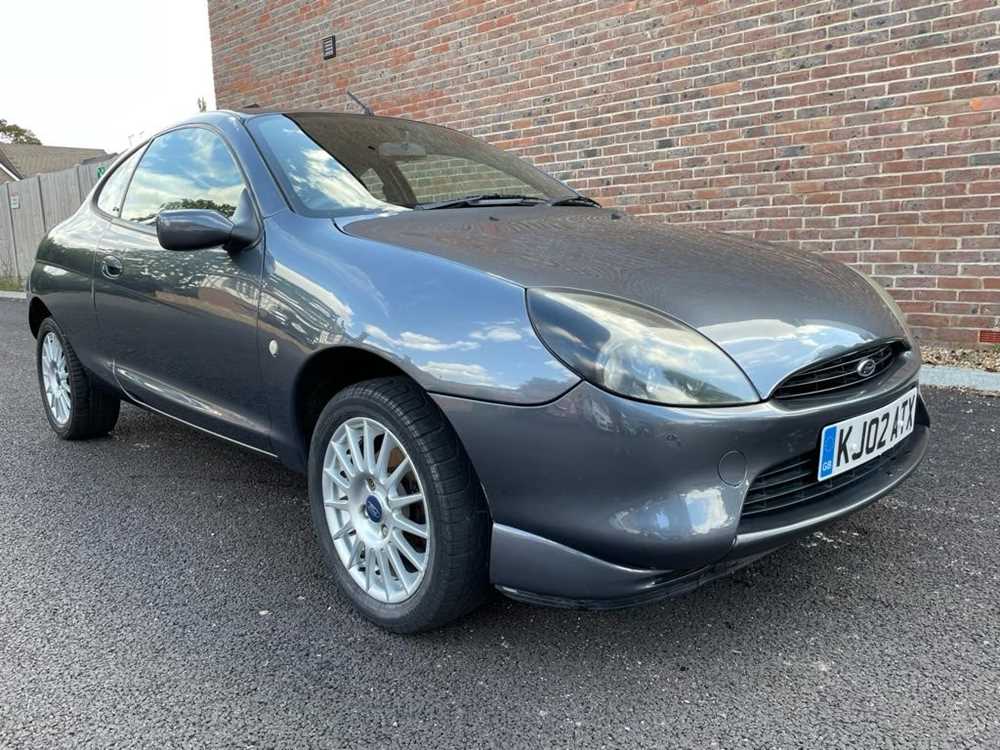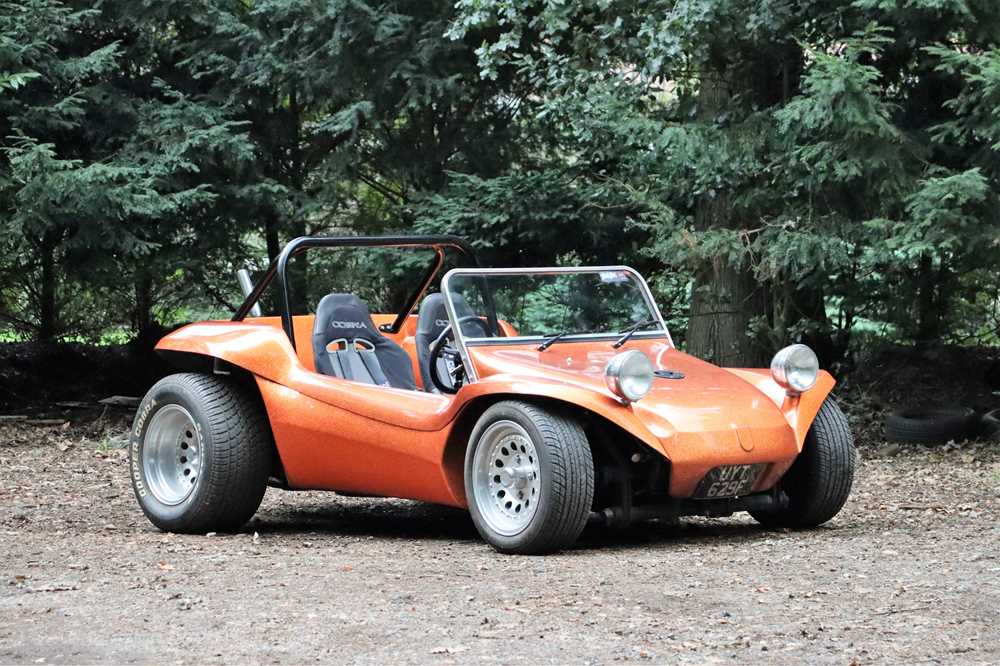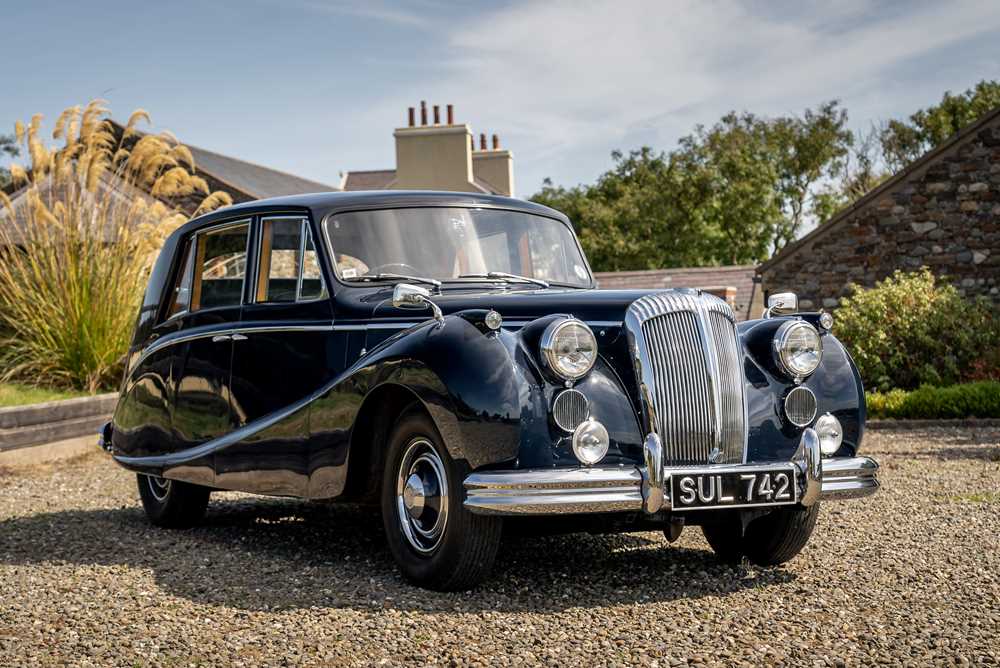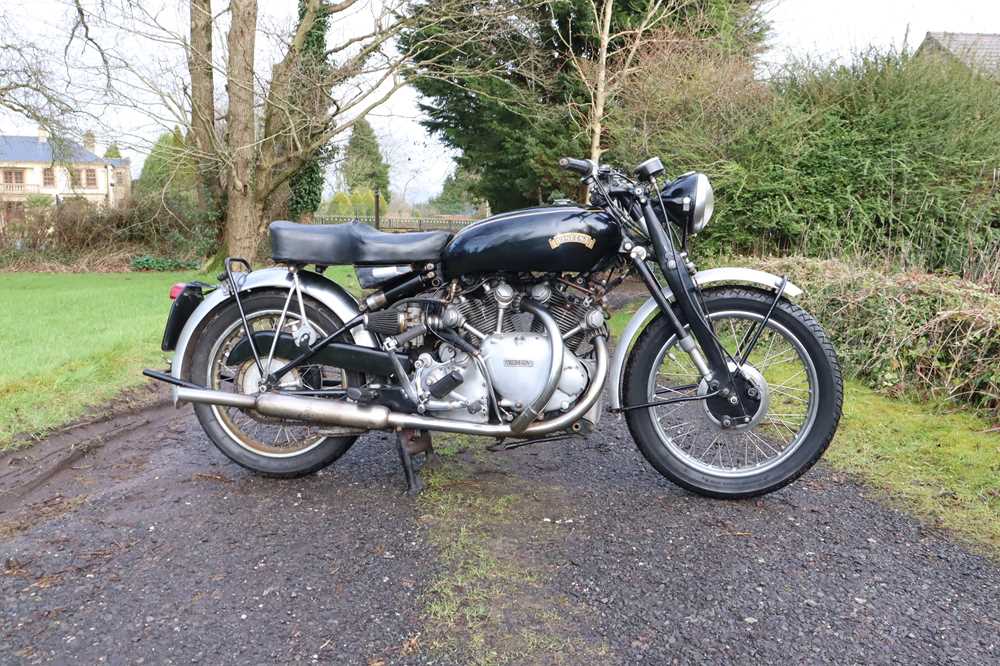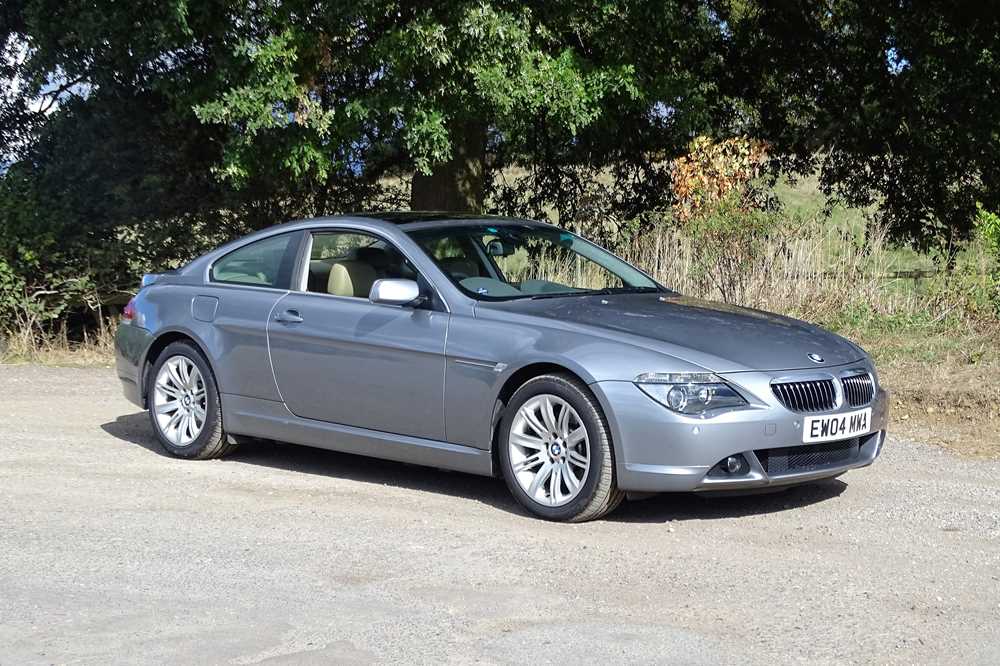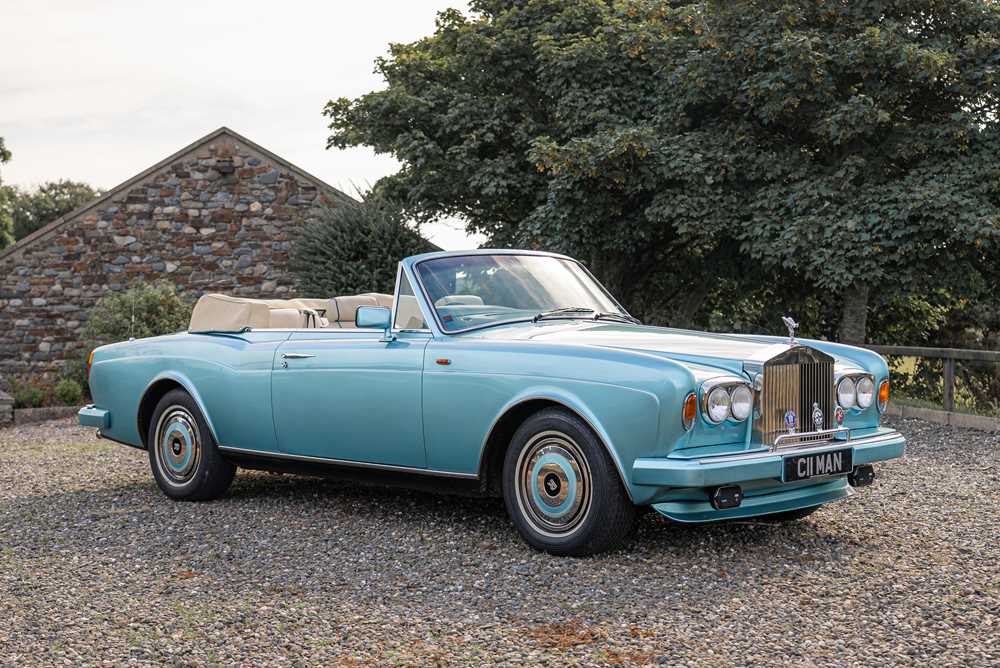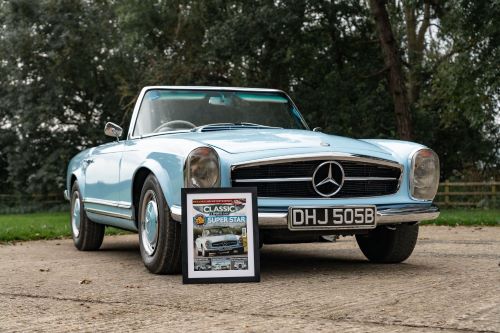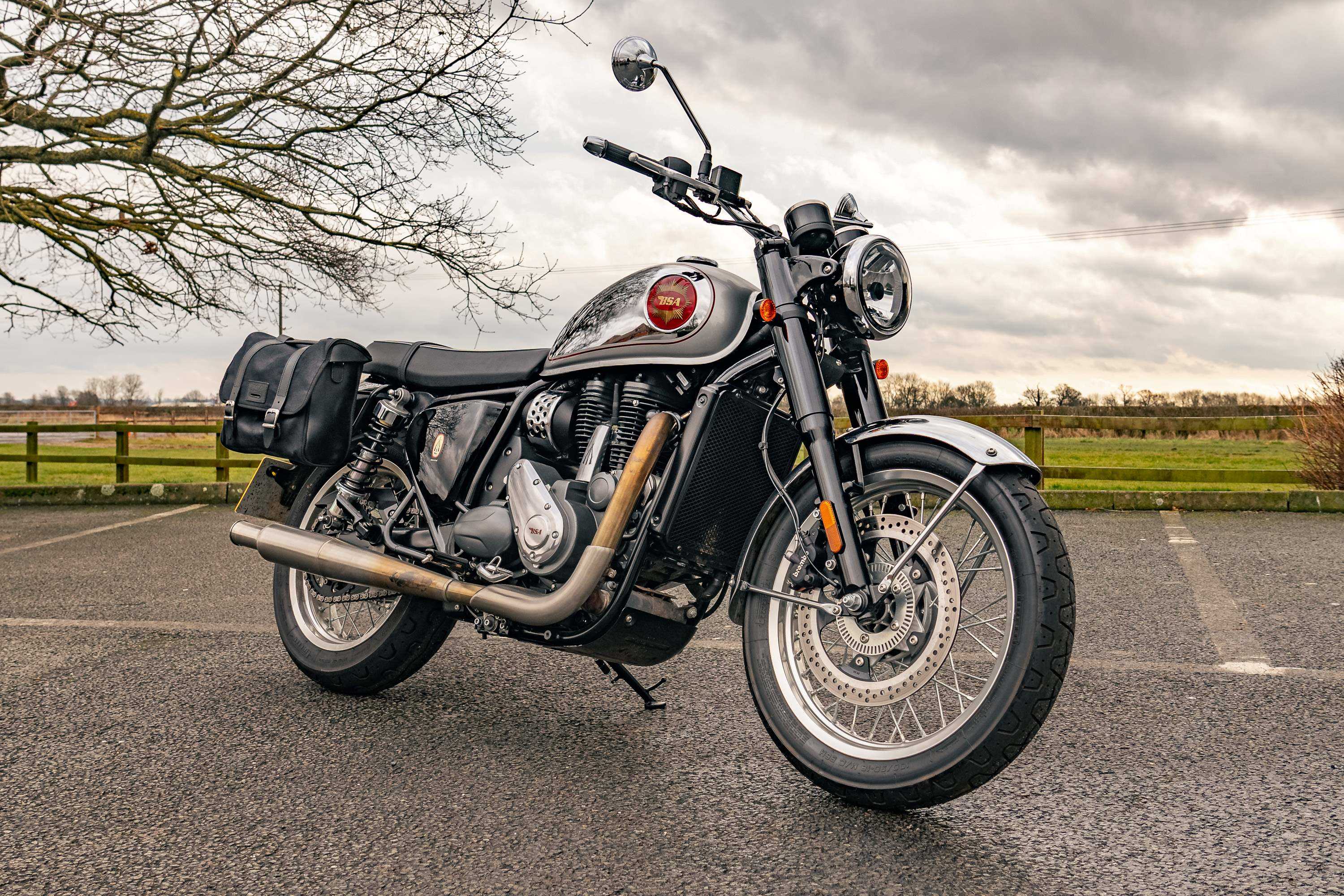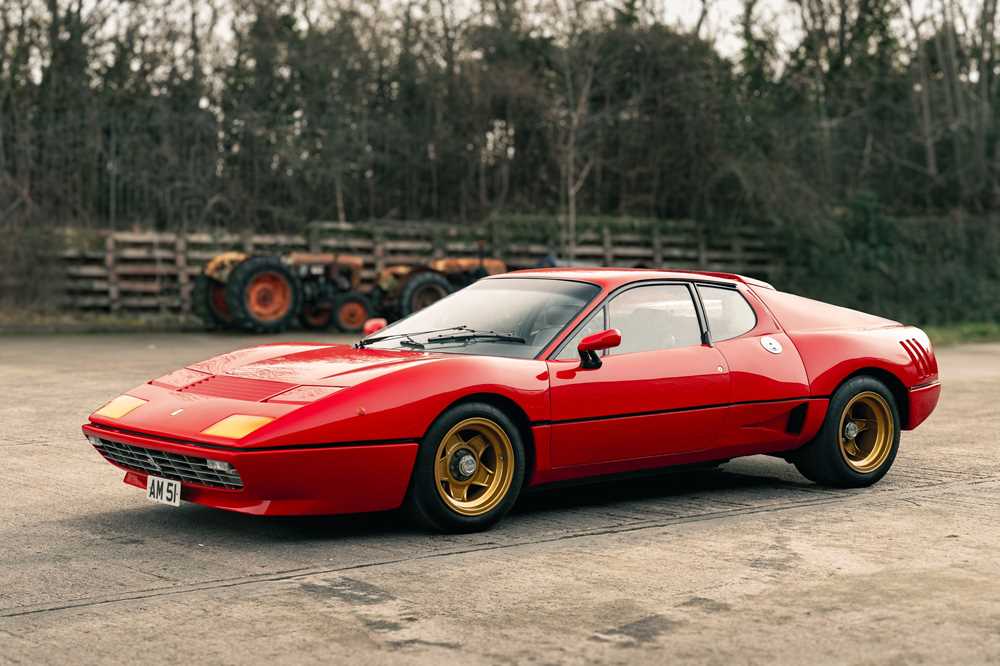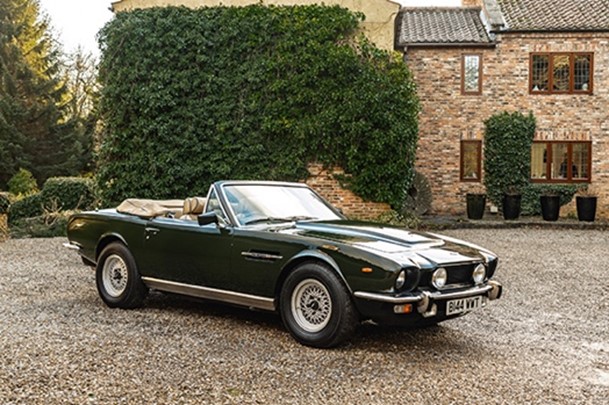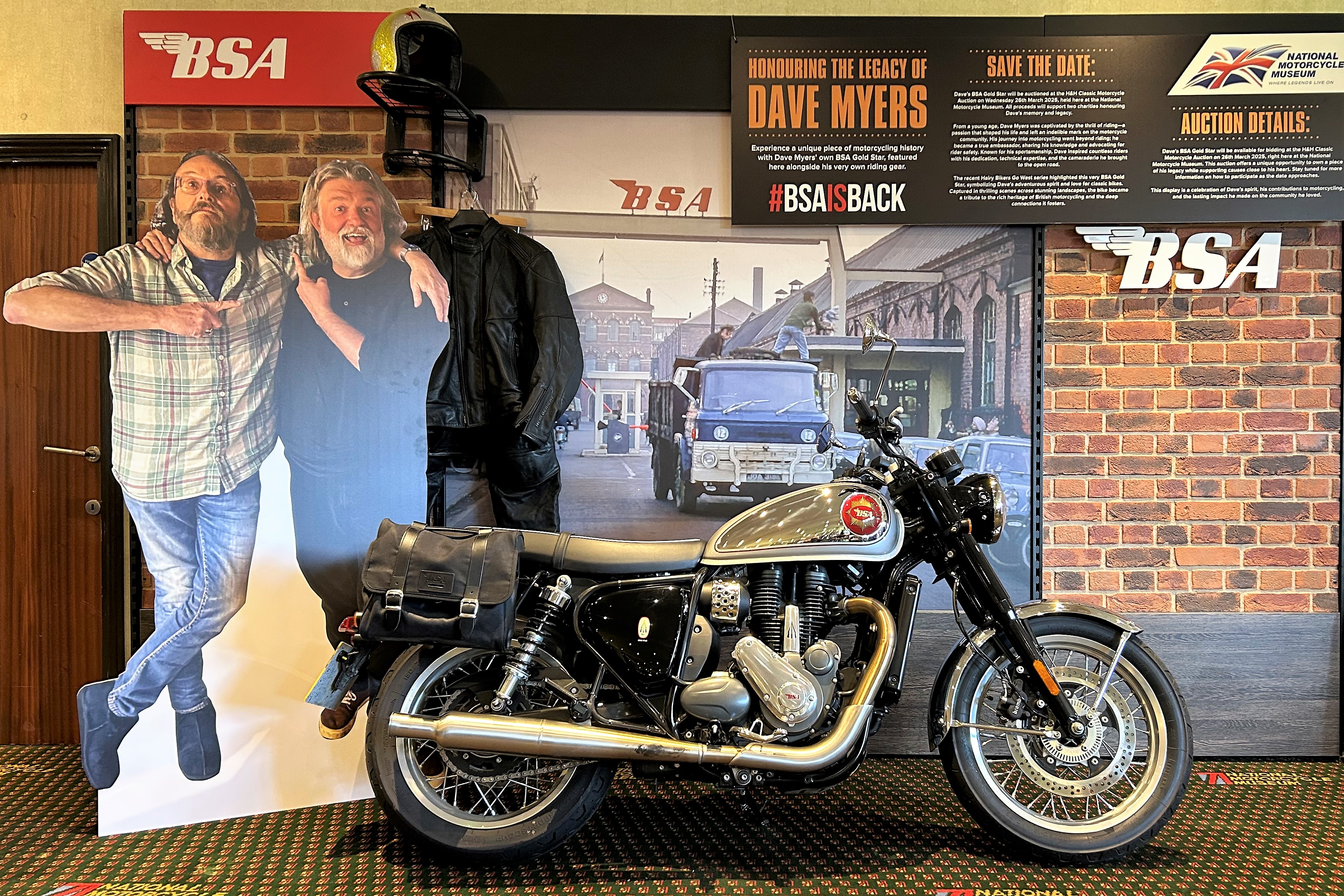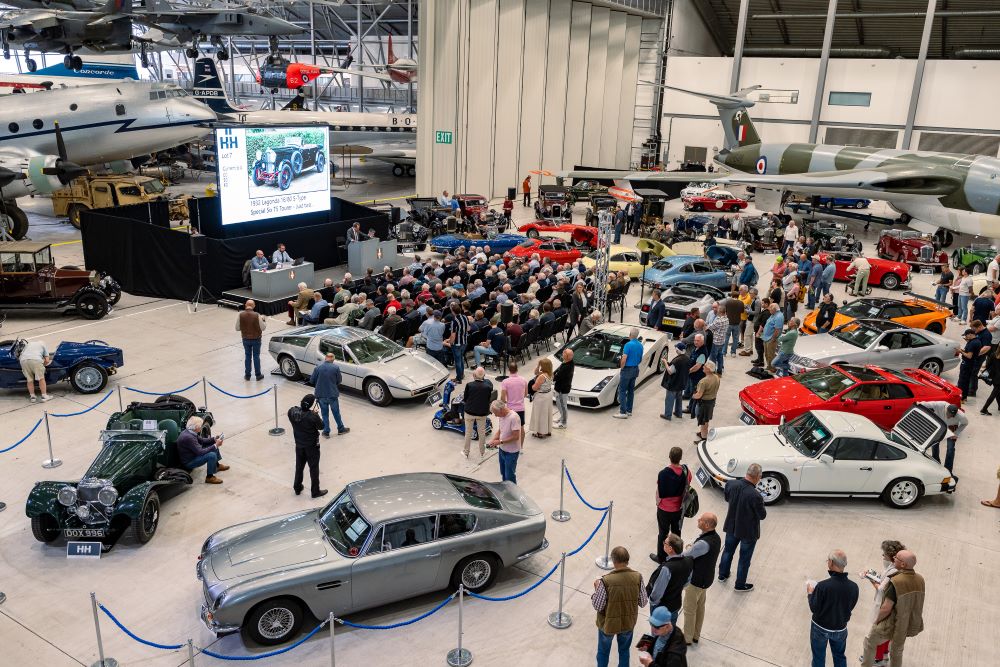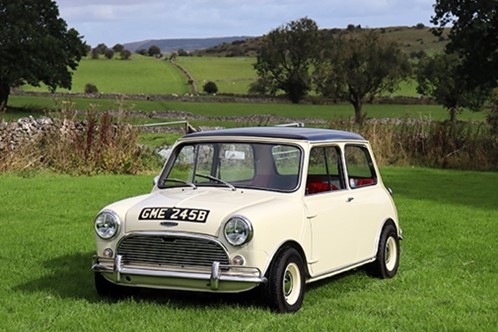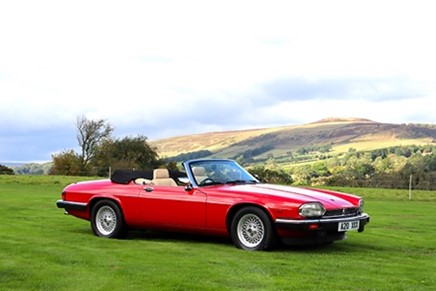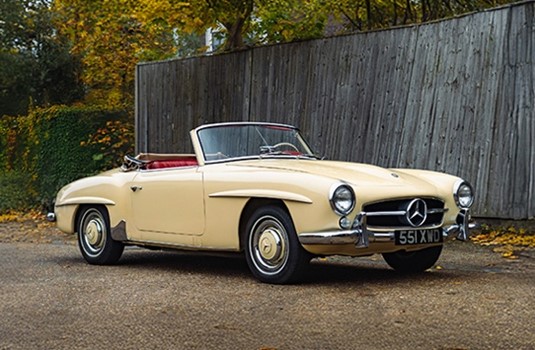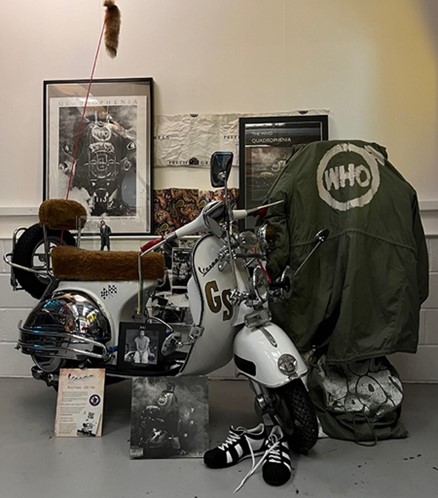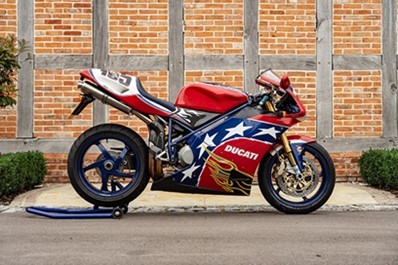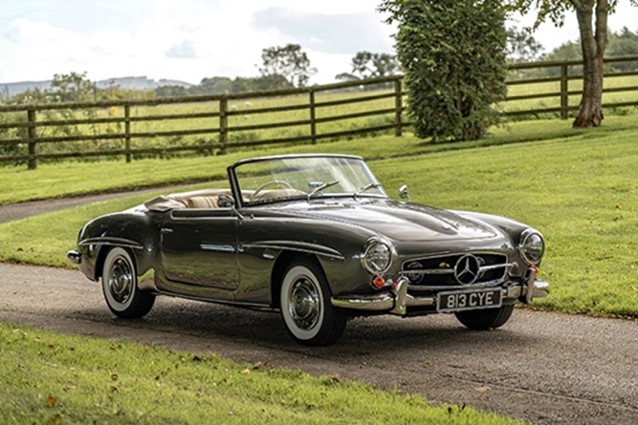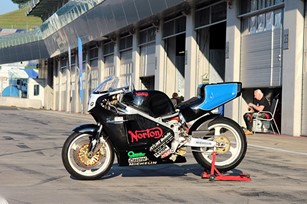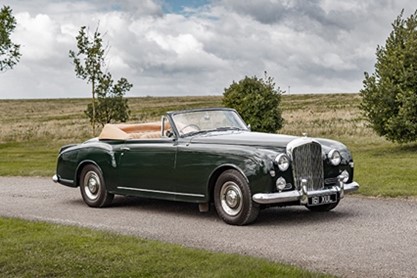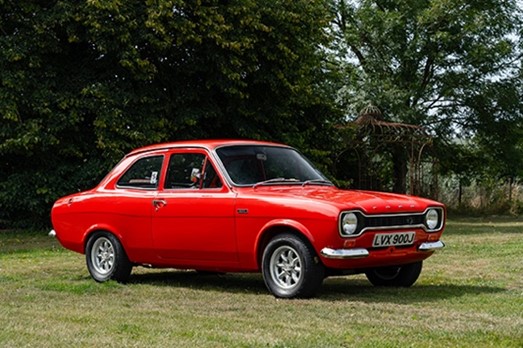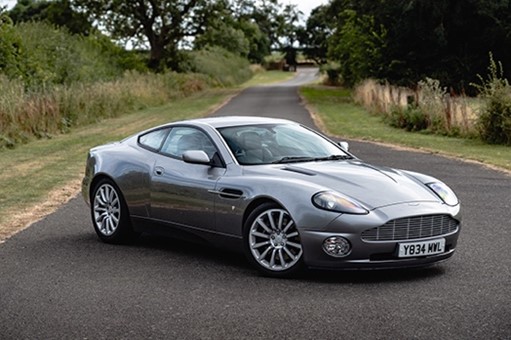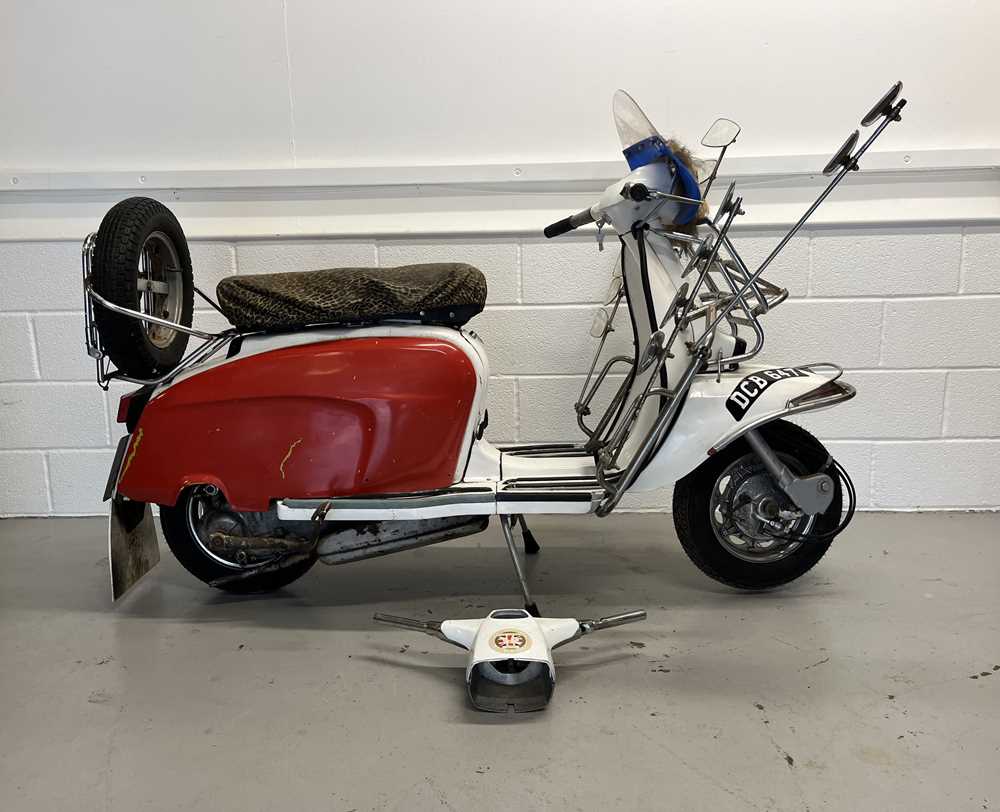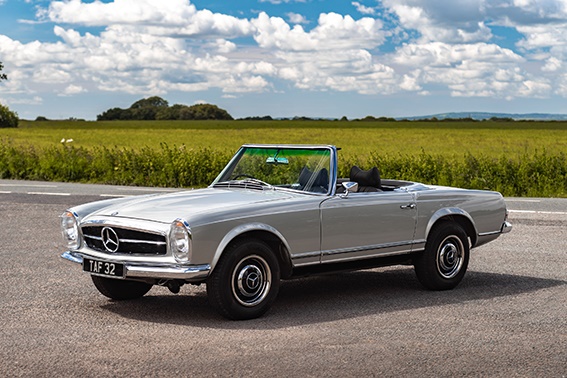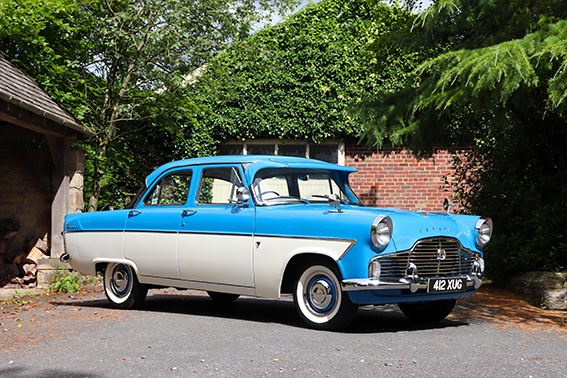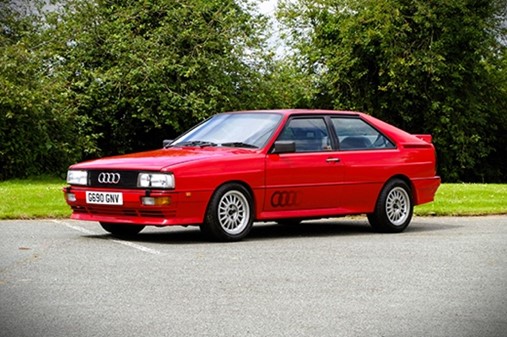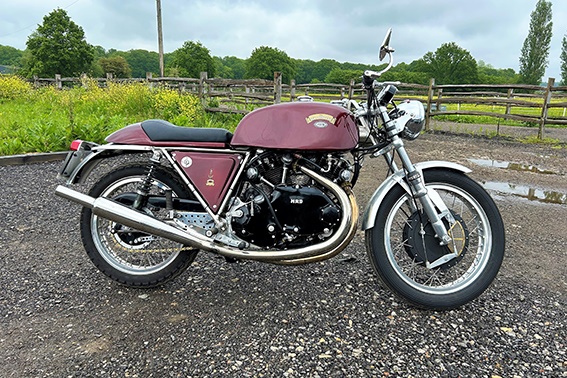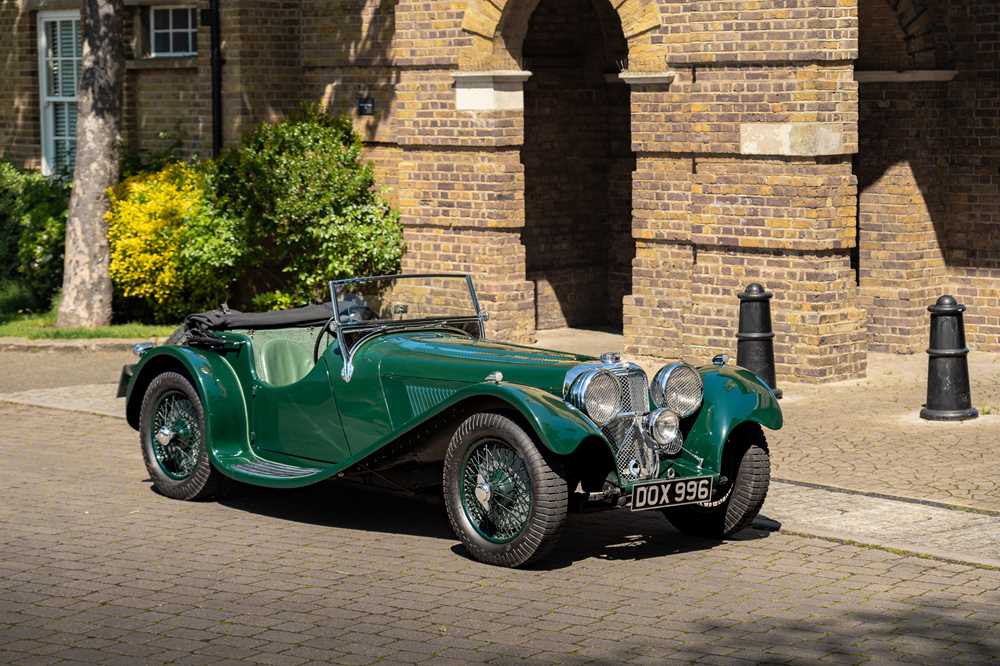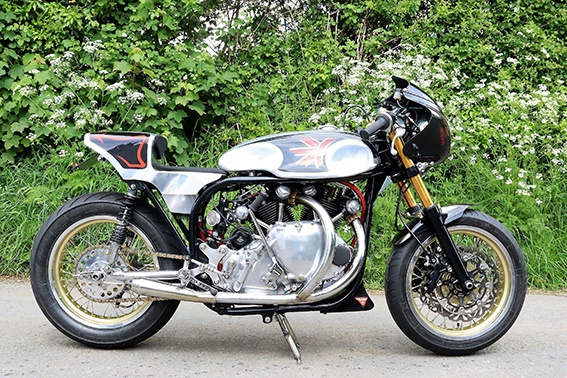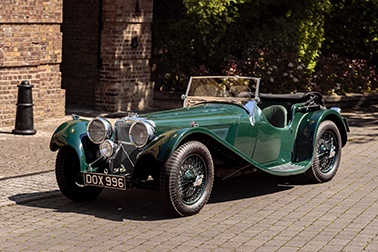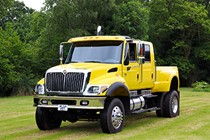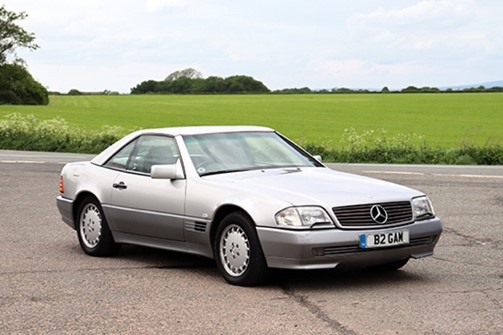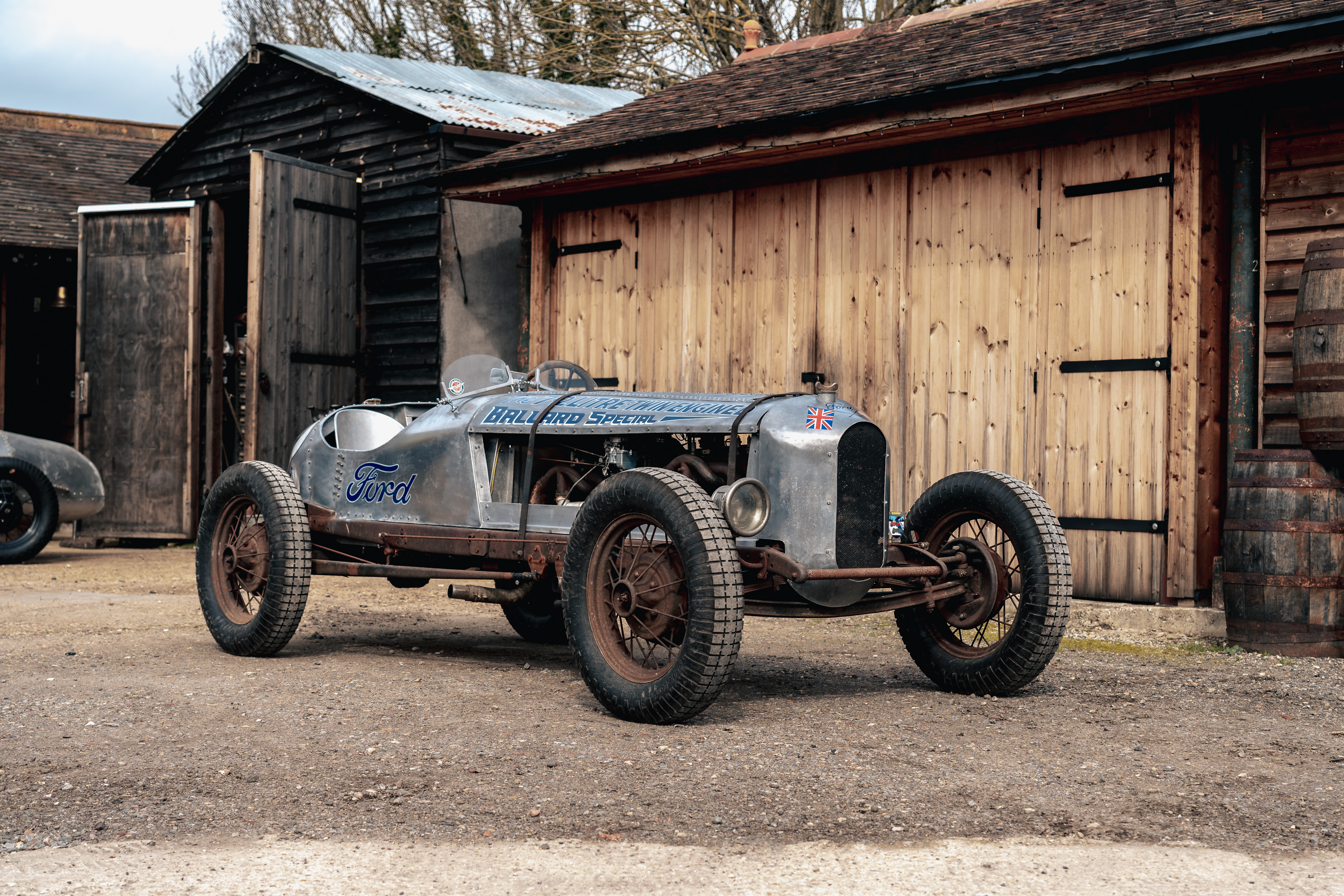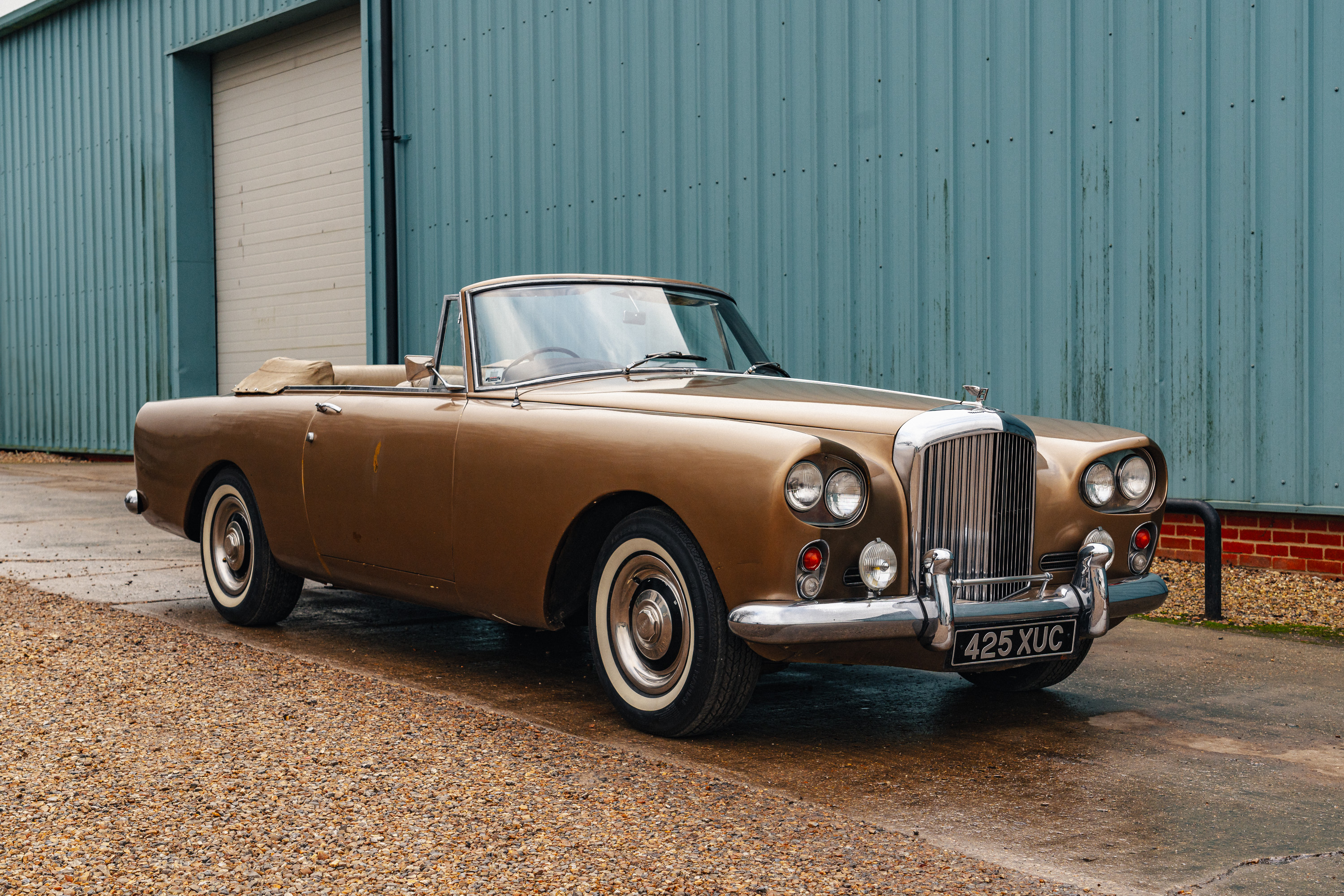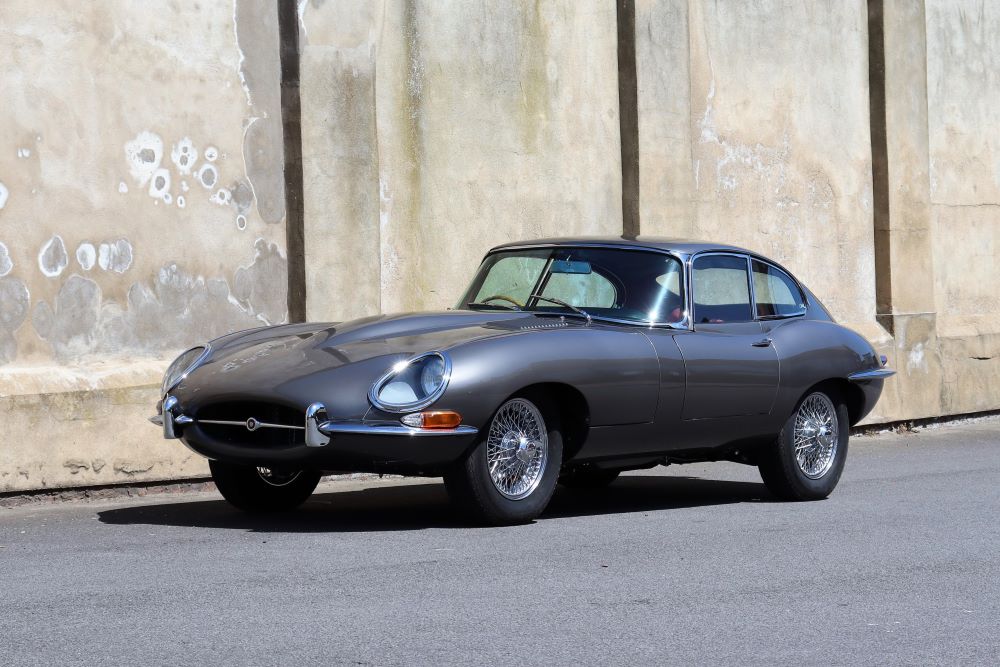1957 Land Rover Series I 88'
Sold for £17,438
(including buyers premium)
Registration No: WSY 713
Chassis No: 111800475
MOT: T.B.A
- In current ownership the last 28 years
- Offered with a great patina, and in what appears to be remarkably original condition
- Retains its original engine and displaying just 70,975 miles on the odometer
Rover needed a stop-gap solution to the slow post-war sales of its pre-war designs. Chief Engineer Maurice Wilks' 'Land Rover' seemed to be the answer. His design was as much a tractor as a car. The centre-steer concept, built in the summer of 1947, had the steering wheel in the middle, mainly because Maurice had the farming community in mind when he was designing it. The car was put to work ploughing, and Maurice designed front and rear power take-offs to run belt-driven machinery. Rover quickly approved it for production, albeit without the central driving position, which proved impractical and costly to engineer. The steel box-section chassis with its aluminium body was actually designed to get around the post-war scarcity of steel and make use of the plentiful, war-surplus Birmabright aluminium. But it was also lightweight and rust-resistant, and the pioneering use of aluminium remains a feature of Land Rover vehicles to this day. A single paint colour was offered: light green.
The 1595cc, 50Bhp four-cylinder Rover engine might seem under-powered today, but its 80lb-ft of torque was impressive. There was permanent four-wheel drive, leaf-sprung suspension and not much else for your £450 when it was launched at the Amsterdam Motor Show in April 1948. Any kind of extra equipment came at an additional cost, but the orders started to come in. The very first Land Rover registered was one of the Amsterdam Motor Show cars on 21st May 1948, and full production began at Solihull shortly after. Rover soon saw that the vehicle’s appeal went beyond expectations. In 1949 the British Army placed its first order. It wanted 1,878, so many, that the decision was made to paint all Land Rovers in the Army’s NATO Green and they saw their first action the following year, in the Korean War. The Red Cross ordered its first Land Rovers in 1954, and its relationship with the marque endures to this day.
In 1954, Solihull made its 100,000th Land Rover and by the time the Series I was replaced in 1958, nearly 200,000 had been produced. With 70 per cent exported, the principles that Maurice Wilks first sketched in the sand at Red Wharf Bay in Anglesey had been put into practice across the world.
First registered 11/12/1957 to a Military or government role, this Land Rover was sold into the civilian market in 1963 and registered under ‘AJB 621A’. Little is known of its early life, but in January 1984, the car was purchased by a Janet Martyn Ball, residing in Oxford. Ball would own the car for 2 years until 1986, when it would be passed to Benjamin Rutland Lincoln of Bristol. ‘AJB 621A’ was purchased by the late current owner on 10th December 1996. Frustrated by the fact the registration didn’t tie with the manufacture year of the car, the registration was replaced with ‘WSY 713’. The Land Rover was used sparingly on a farm, with the occasional shooting trip being most of its use. It was always dry stored and maintained as appropriate. In recent years, it benefited from a replacement Radford Bulkhead, but other than the one coat of paint it has at some point received, it appears remarkably original - retaining its original engine and major mechanical components. The odometer displays just 70,975 miles, which is warranted for at least the last thirty years and could well be correct.
After the sad passing of its owner, but now displaying a lovely patina, giving it some great character, ‘WSY 713’ is offered for sale accompanied with a history file containing previous registration documents, MOT certificates dating back to the early nineties, the receipt of sale from its current ownership and much more. Recently serviced and to be offered with an MOT in preparation for sale, this wonderful Land Rover presents a great opportunity.
For more information, please contact:
Andreas Hicks
andreas.hicks@handh.co.uk
07929363573
Auction: Imperial War Museum | Duxford, Cambridgeshire, 19th Jun, 2024
An auction of classic, collector and performance motorcars held at the iconic and visually stunning Imperial War Museum, Duxford. Venue Details
All successful bids must be paid in full by midday the day after the auction at the latest.
You can collect your new pride and joy from our venue until 1pm the day following the sale or our partners are on hand to help arrange safe transportation:
Do you have an item to sell?
If so, contact one of our friendly specialists for your free valuation by completing the form below and someone will get back to you as quickly as possible.
If you prefer to speak to humans, don't hesitate to call our office on +44 (0)1925 210035
Other lots in this sale












































































